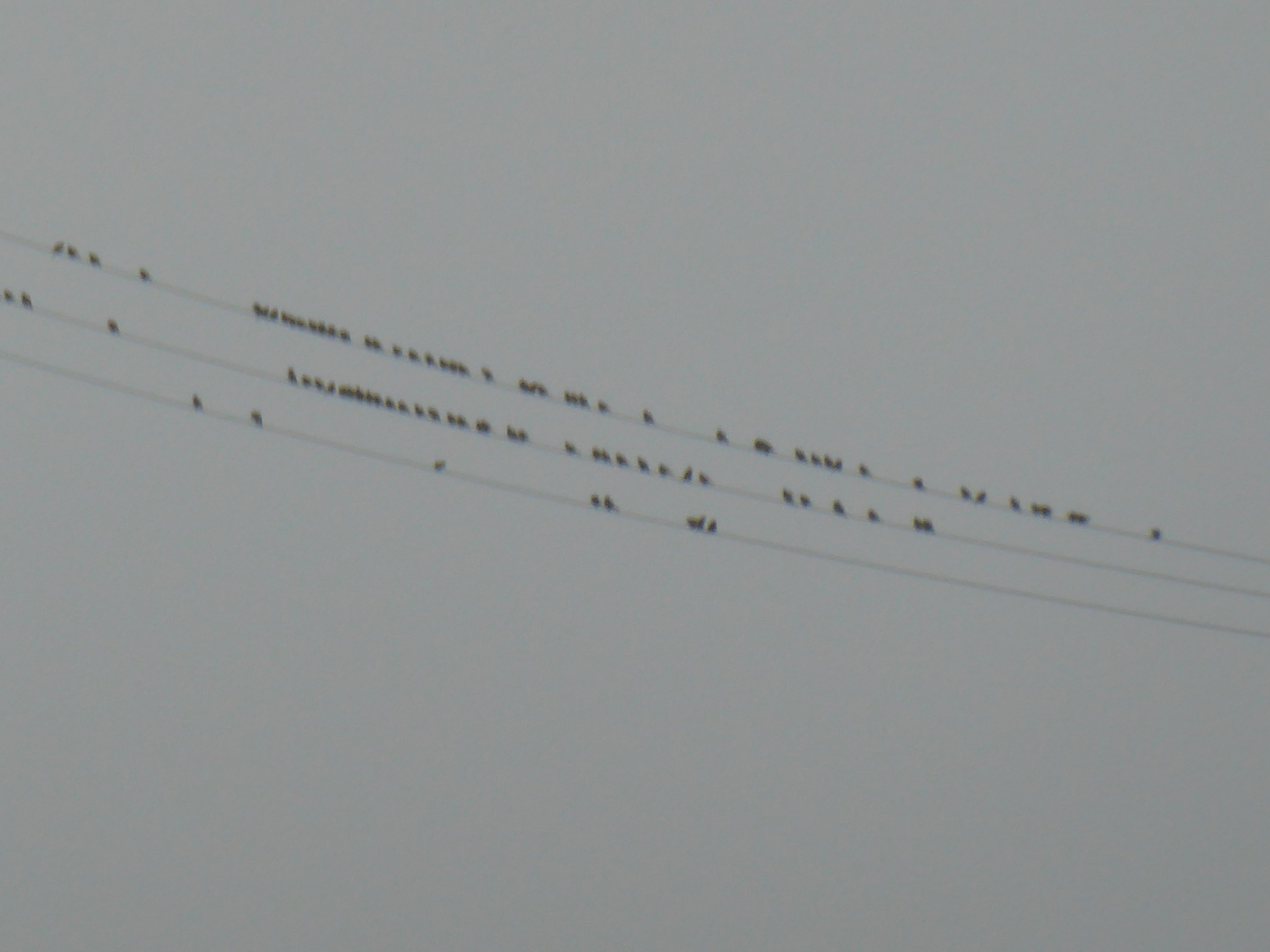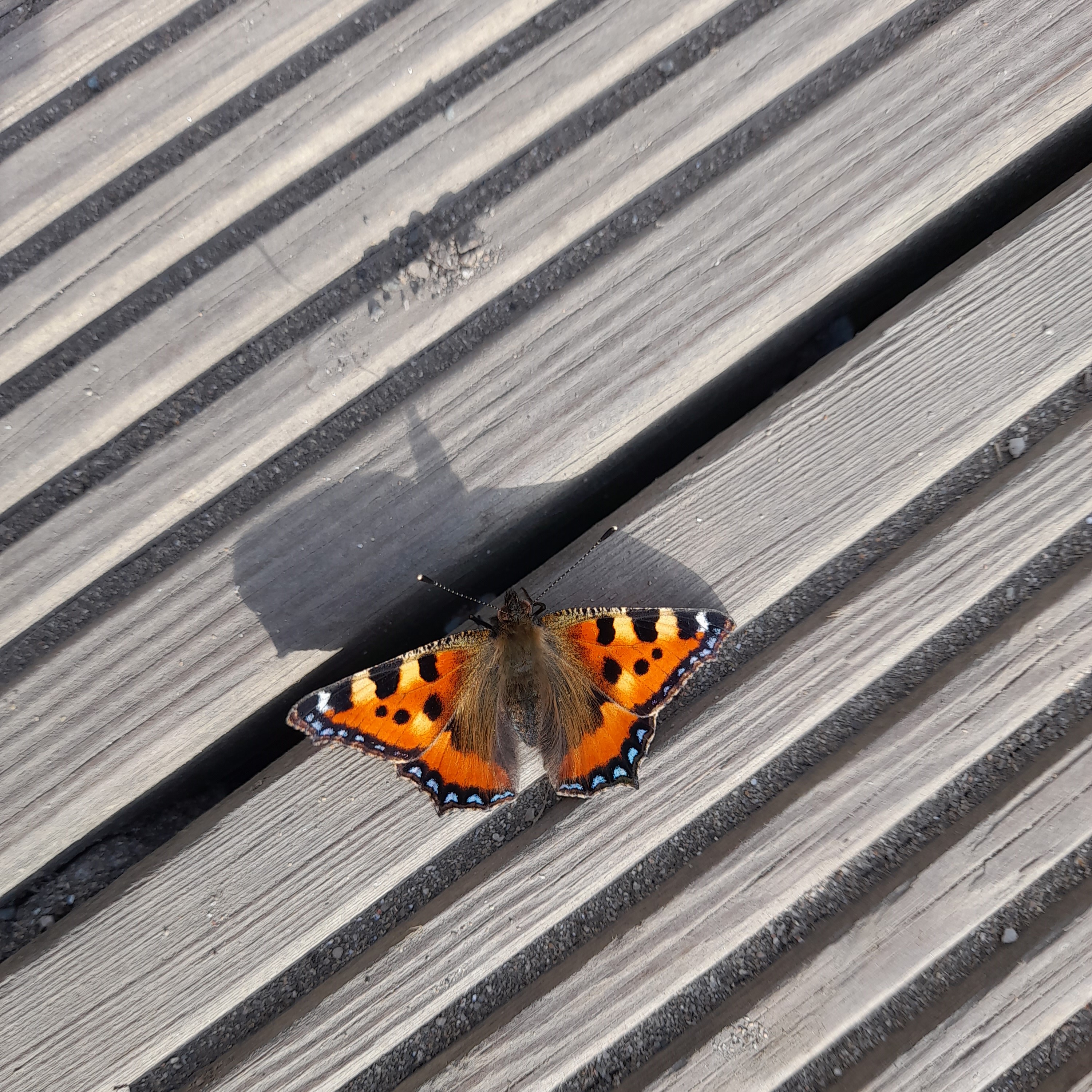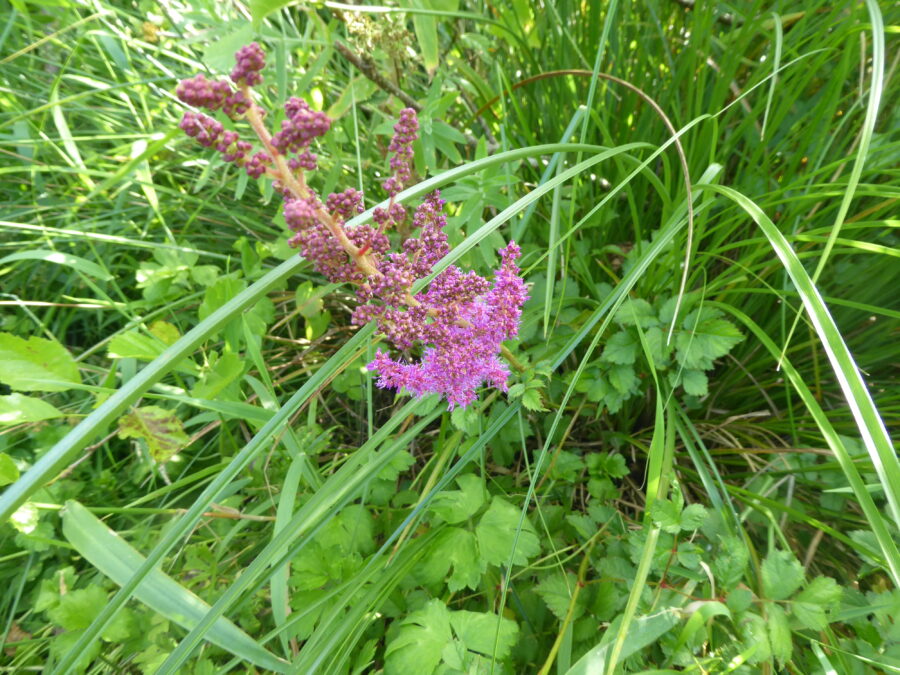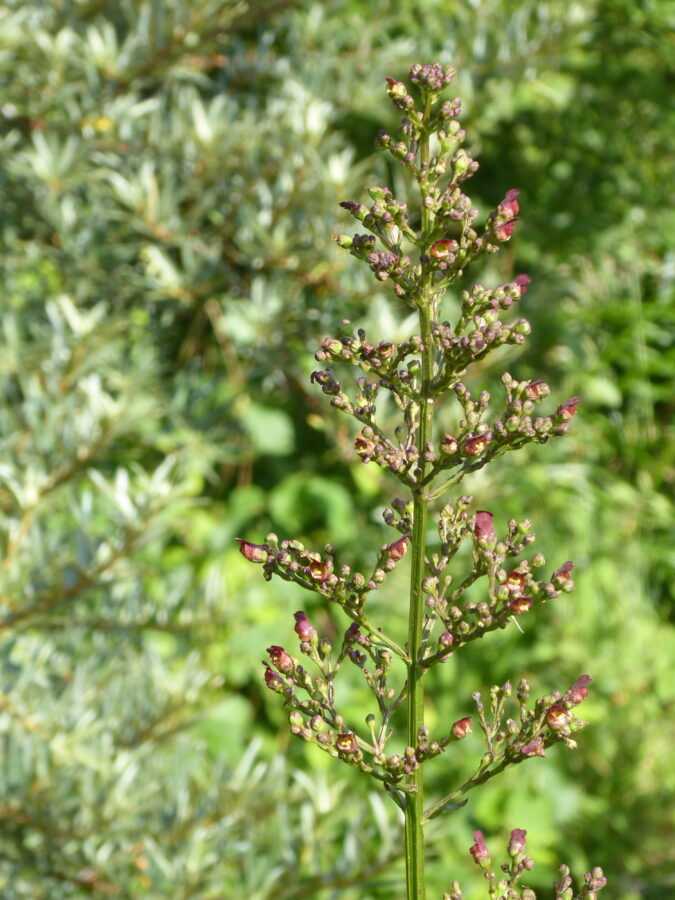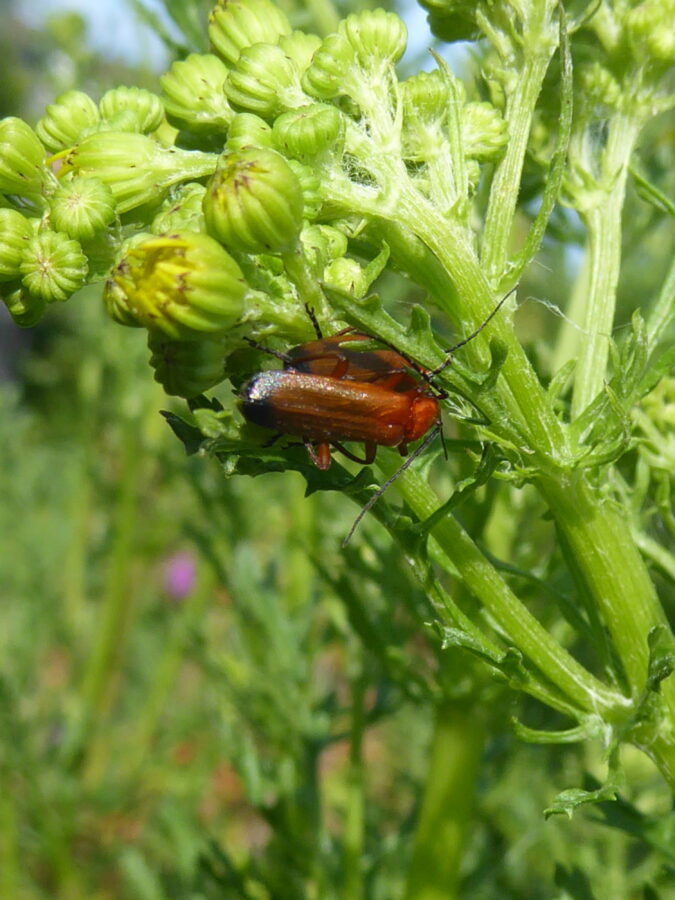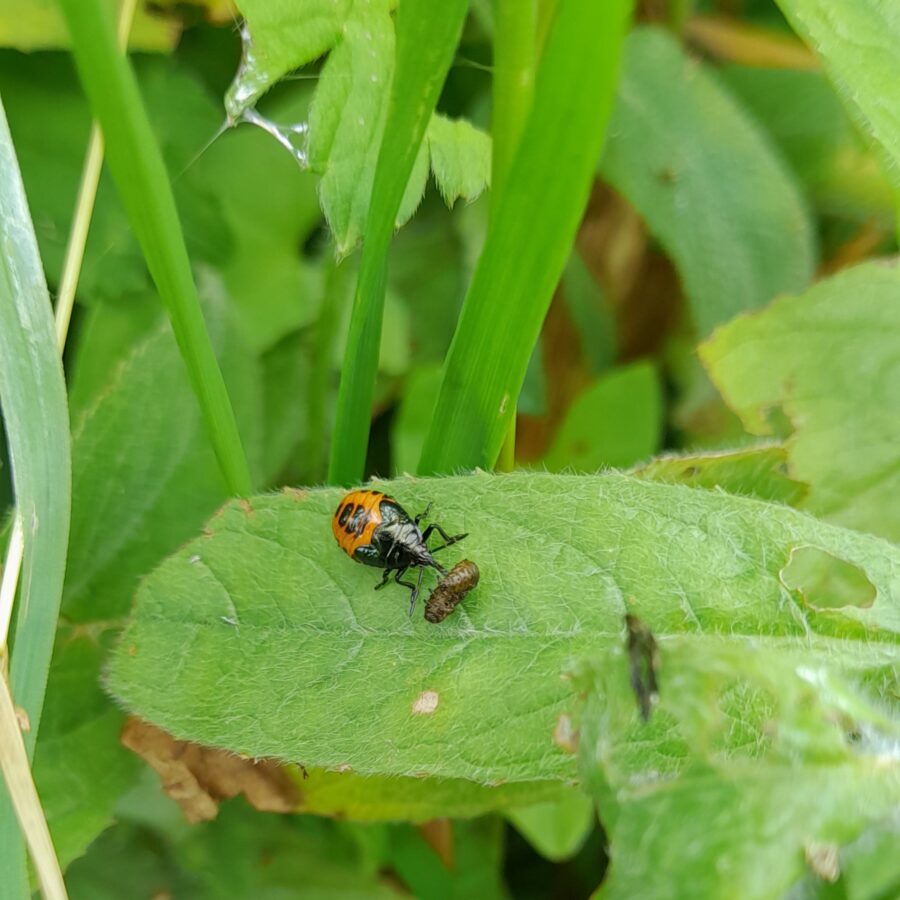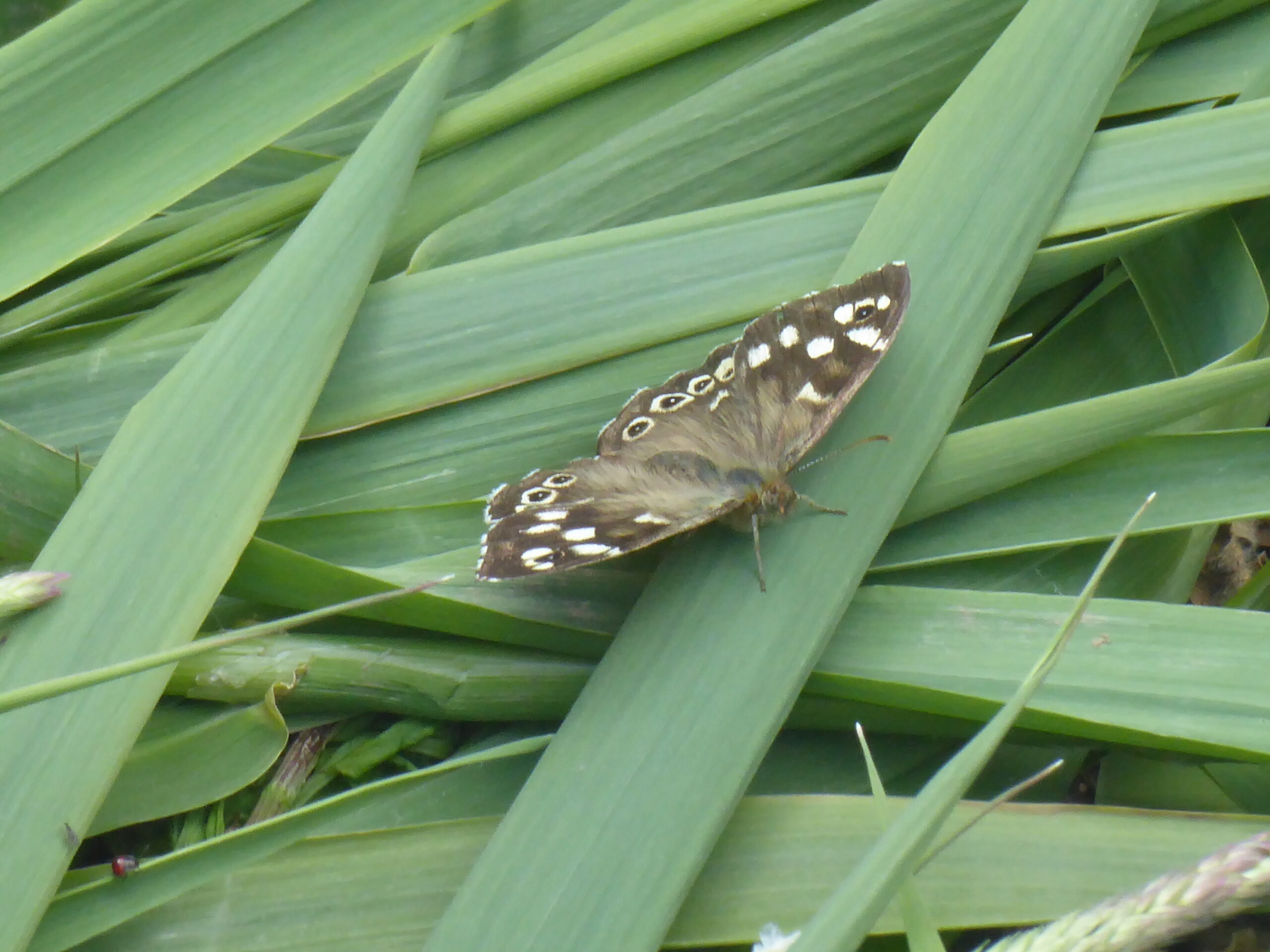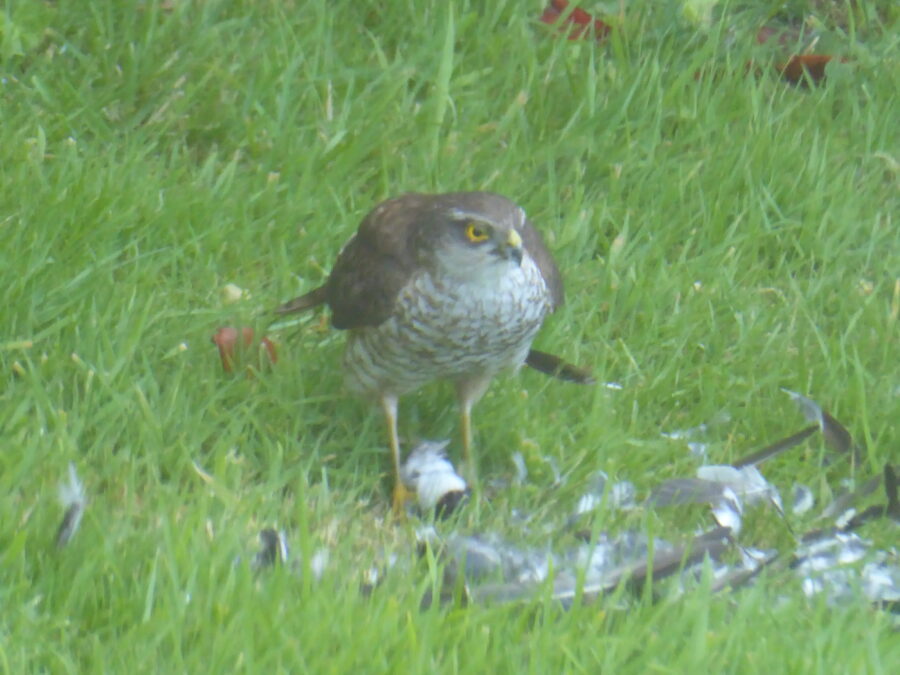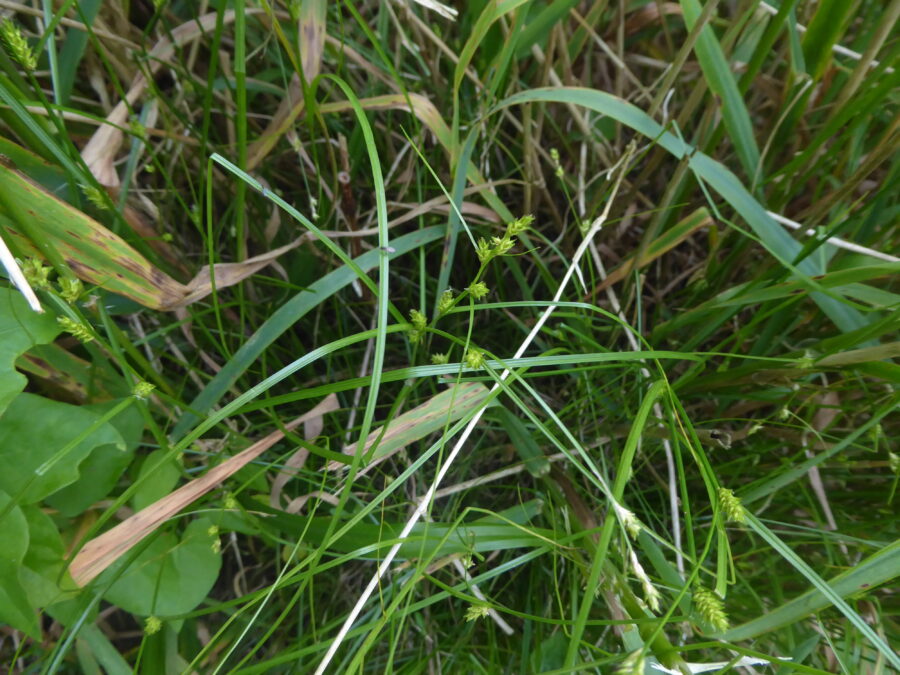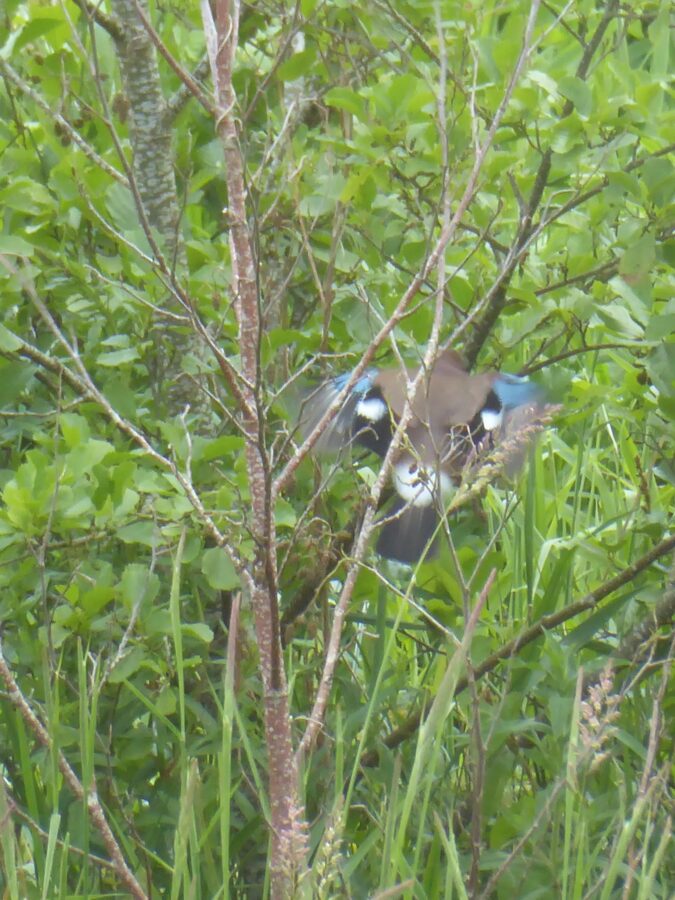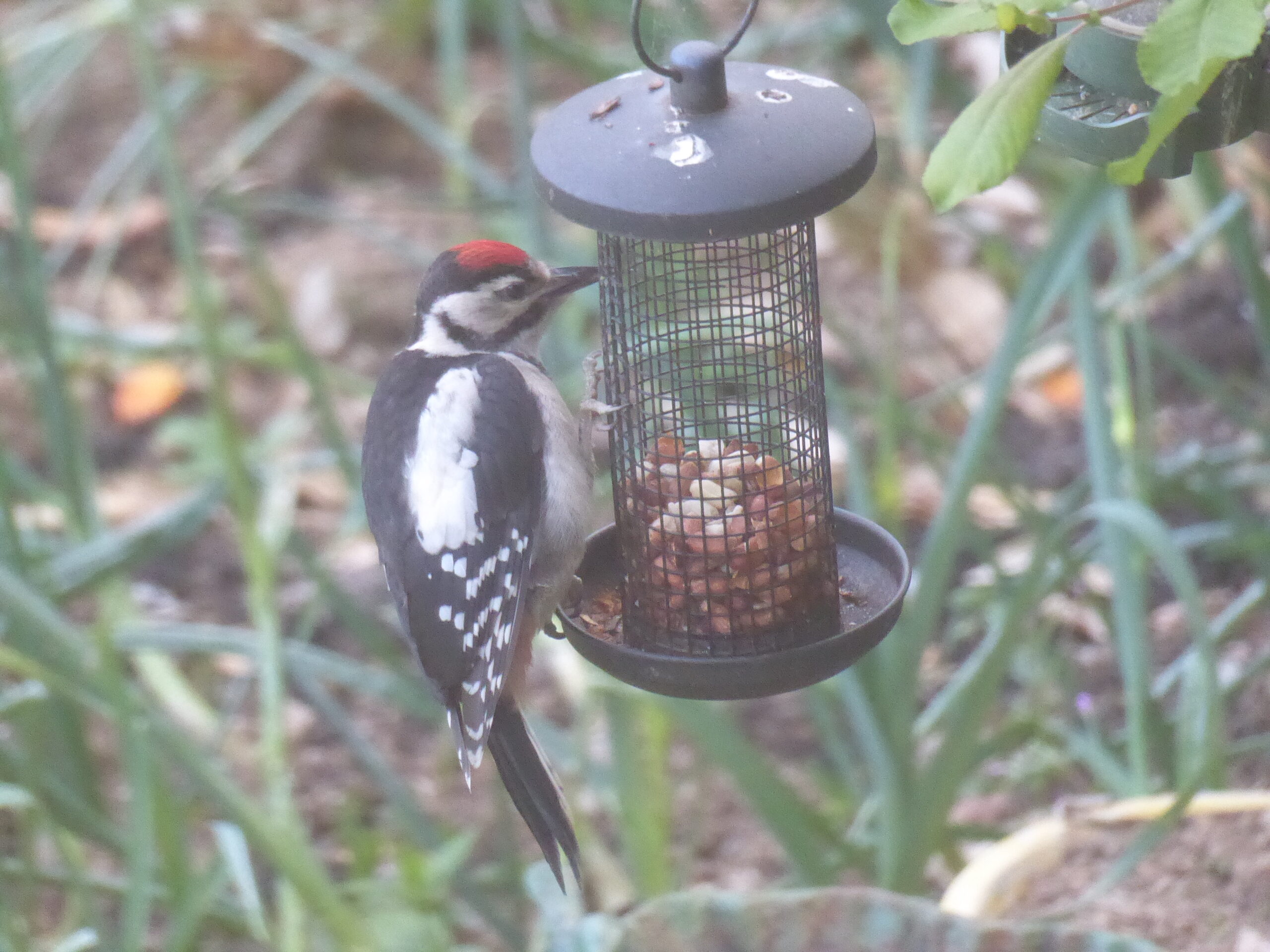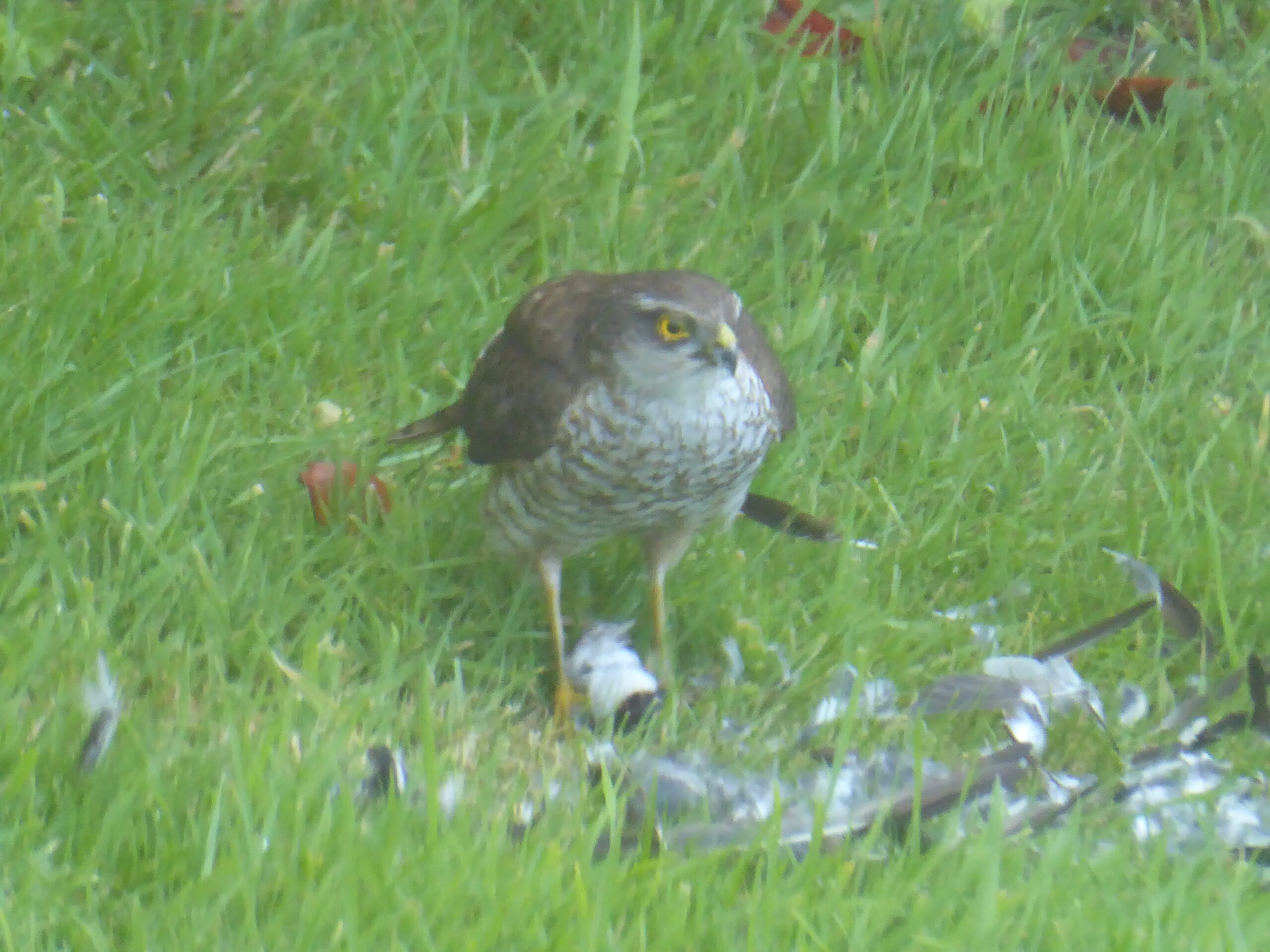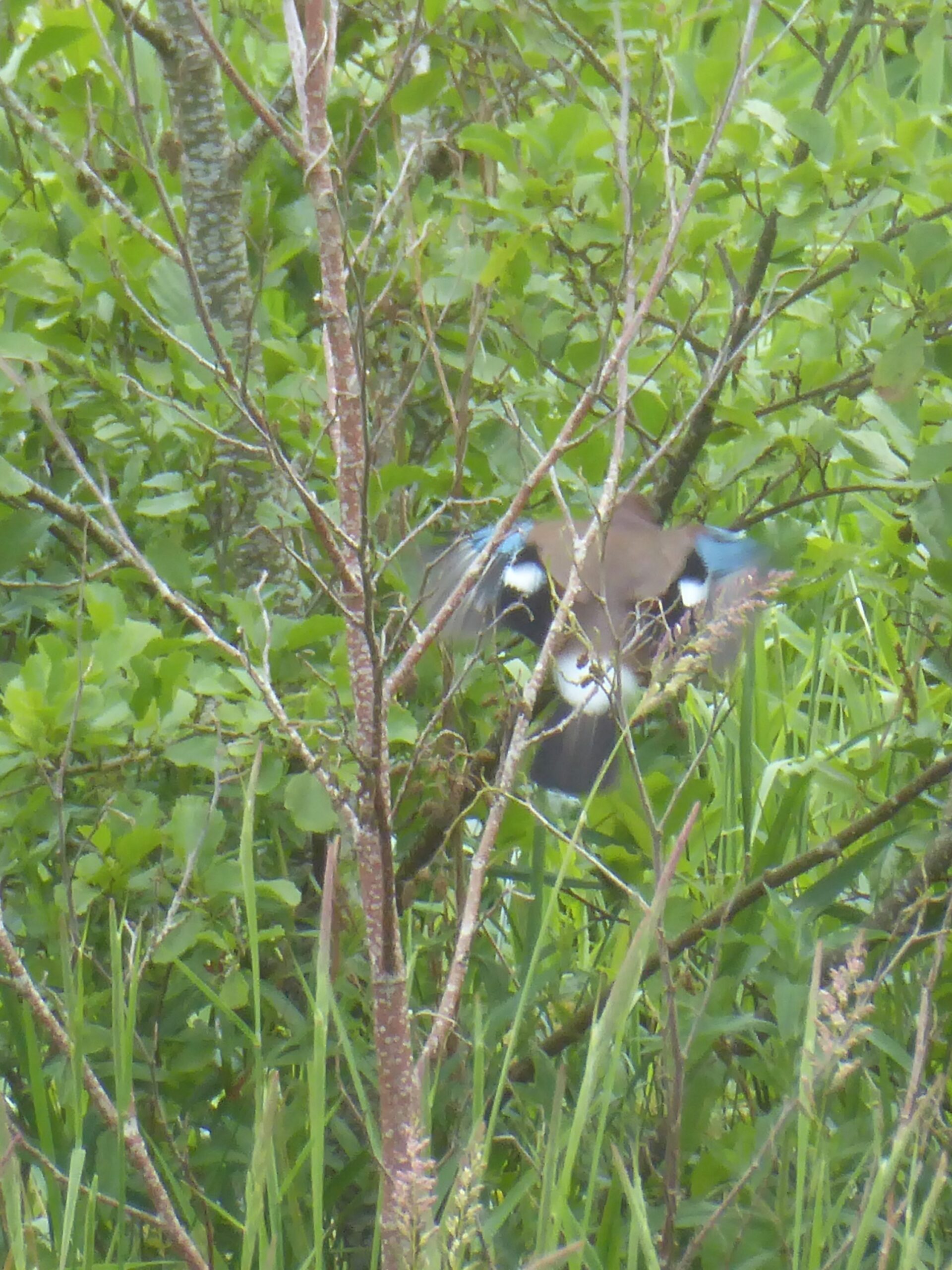So, this small tortoiseshell was spotted down at The Shack in Portmellon, while we were having a cheeky ‘wine break’. But it’s one of my favourite butterflies (I know I said that about the speckled wood, and I love the comma as well, and the common blue …). I mean, how can so much pattern fit into such a small area!
Meanwhile, in the watermeadow clumps of purple loosestrife have been spearing their way up through the grass and even up into the alders. I noticed a clump in the middle of the valley and thought they were new, but when I looked at last September’s picture, I saw that they were there last year too.
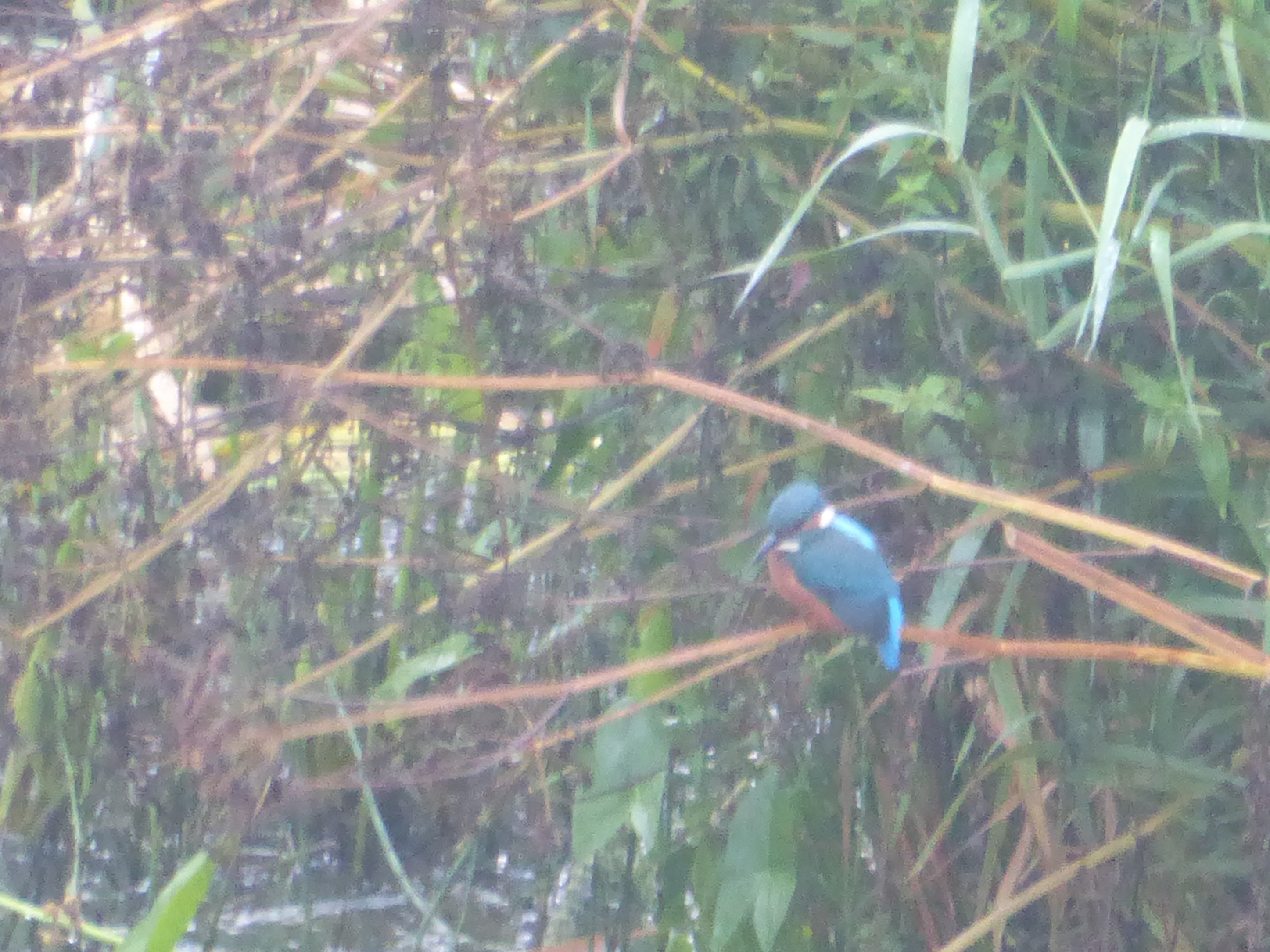
Then, we spotted a kingfisher in one of next door’s trees. We haven’t seen one for at least a couple of years – so that was good!
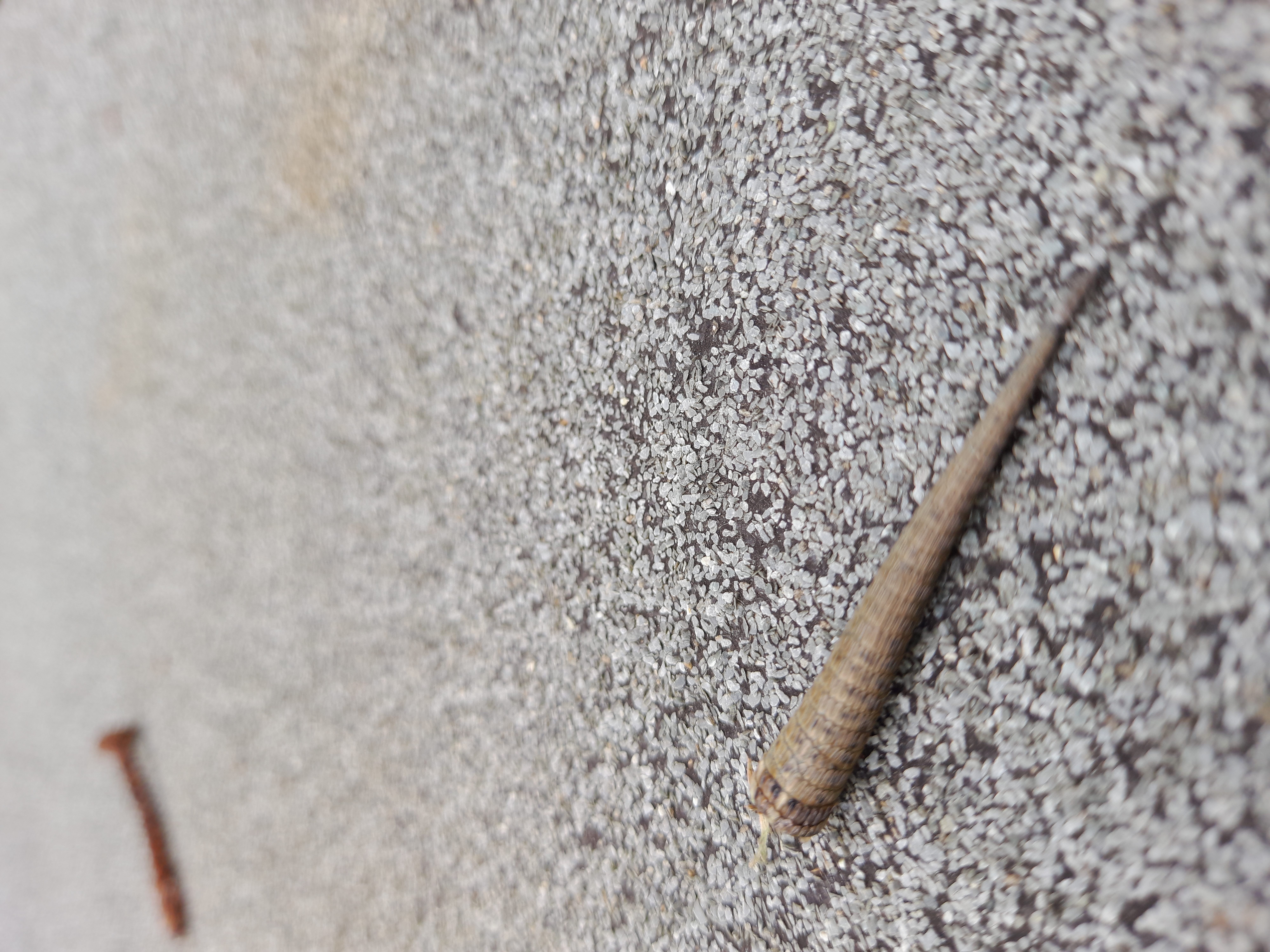
Can you guess what this is? It’s a lizard’s tail. We know this because we were there when it shed its tail and scuttled off into the flower bed. We picked the tail up from the grass, when it had stopped wriggling (a bit gross) and photographed it on the roof of the barbecue bunker. I didn’t see the rusty nail at the time, but it gives a bit of depth to the photo. The lizard was quite small and the tail wasn’t bleeding. This is because the lizard has a built-in line, called a fracture plane, along which the muscles spasm and pull apart to release the tail, when the lizard’s life is threatened. There is no blood loss, as you can see from the photo, and the new tail will grow back within 6-12 months. I had never seen this happening before.
Seen yesterday, in the garden, a sparrowhawk flying right into the trees in our garden and not being successful in grabbing one of the small birds that usually sit there. He looks really fed up about that and rather menacing, don’t you think? After rethinking his plan on the wheelbarrow handle, he flew off down behind the shed and from there into the valley.
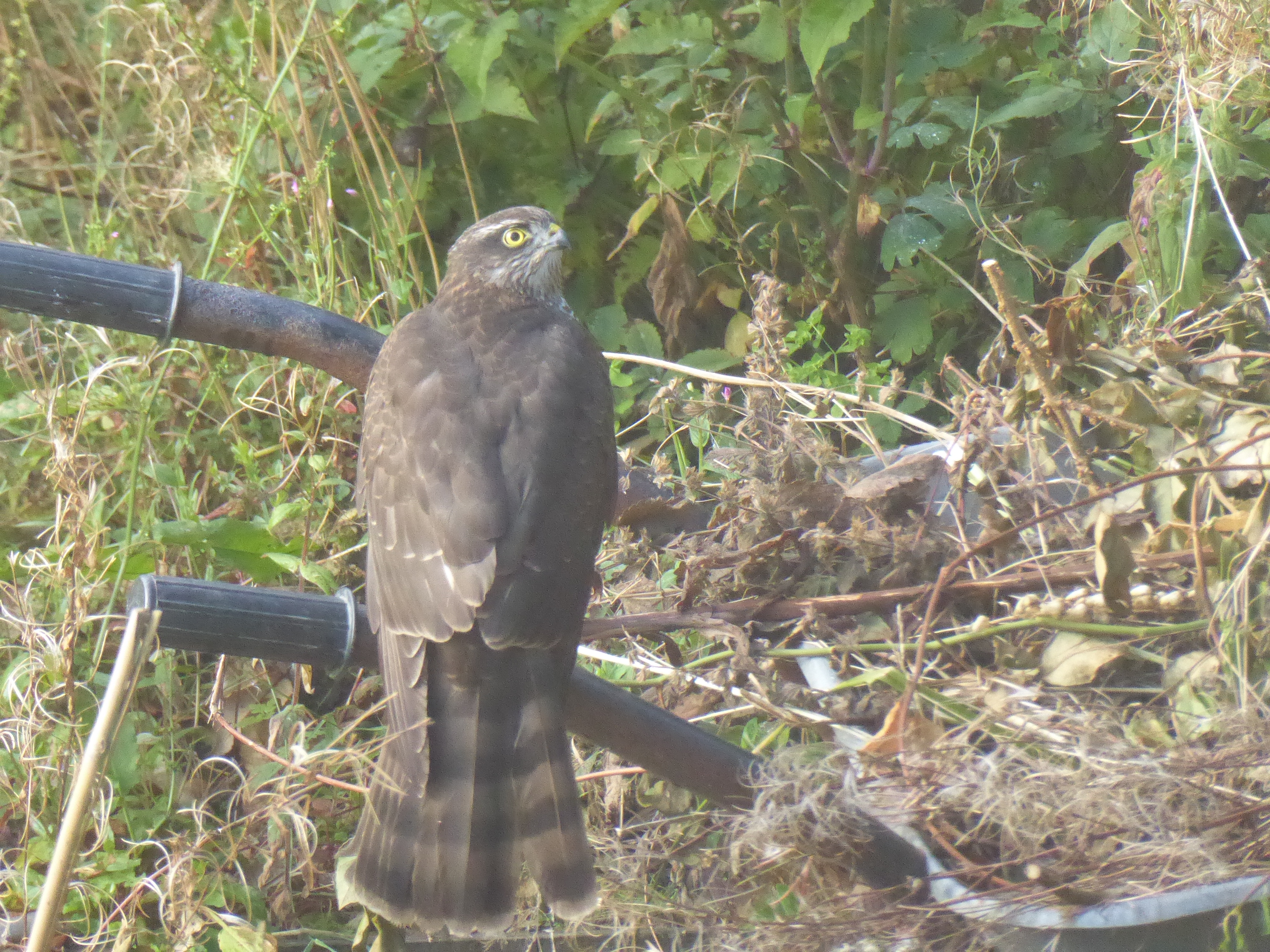
Finally, birds on the wires. They were too far away to identify, but we have lost the swifts already and I think the housemartins will be off soon. These were obviously mustering ready for a flight.
